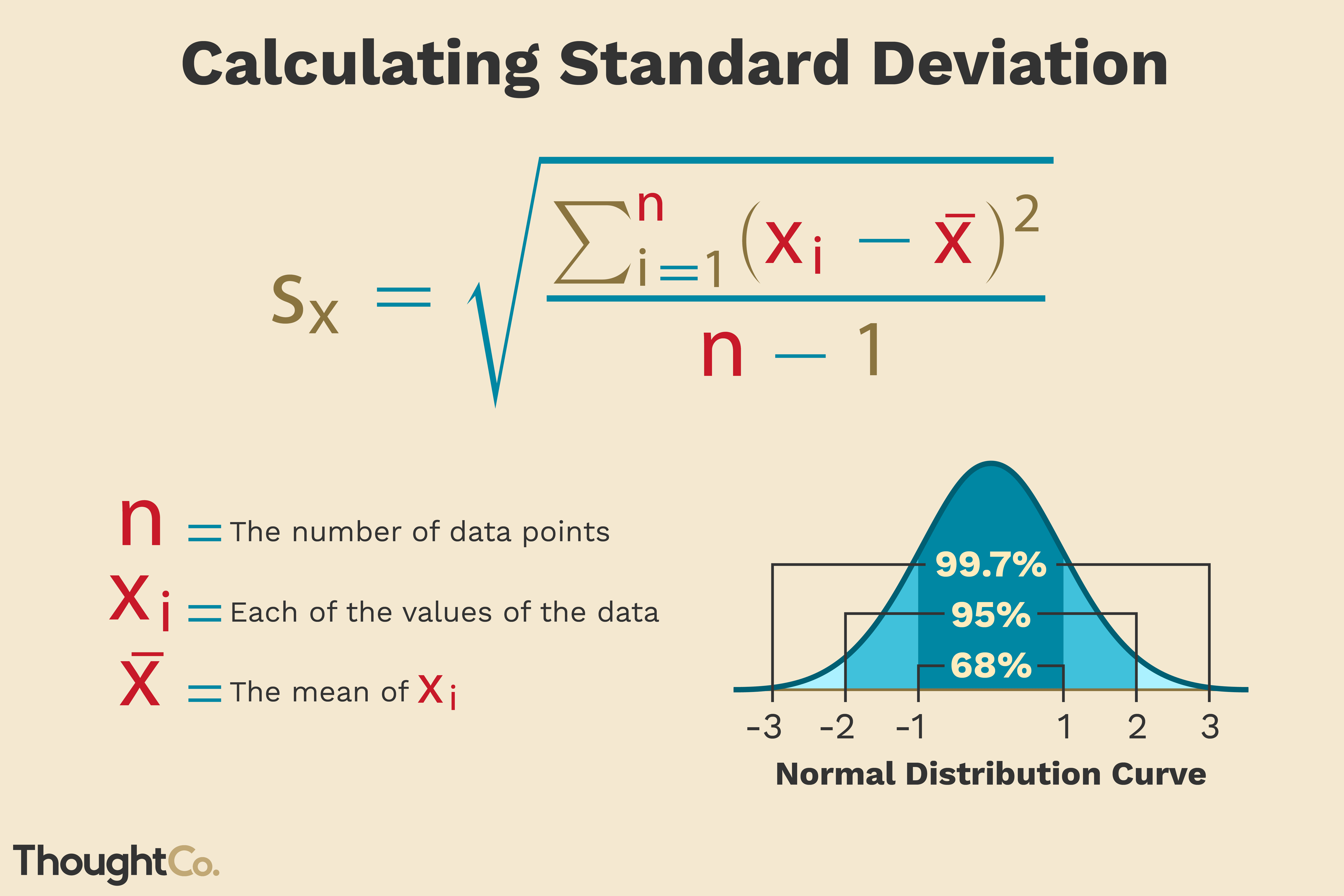Is $\sqrt[4]{3}$ Rational? Uncover the Truth!
![Is $\sqrt[4]{3}$ Rational? Uncover the Truth! Is $\sqrt[4]{3}$ Rational? Uncover the Truth!](https://staging.student.empowerly.com/assets/img/is-4-square-root-of-3-rational.jpeg)
In the realm of mathematics, the concept of rationality holds significant importance, particularly when dealing with roots and complex numbers. This article aims to explore and unravel the truth behind the rationality of the fourth root of 3, denoted as \sqrt[4]{3}, through a comprehensive analysis of its properties and characteristics.
Understanding Rational Numbers

Before delving into the specific case of (\sqrt[4]{3}), let’s establish a clear understanding of rational numbers. In mathematics, a rational number is a number that can be expressed as a fraction, where both the numerator and denominator are integers and the denominator is not equal to zero. Rational numbers are often represented in the form p/q, where p and q are integers.
Rational numbers possess unique properties that make them a fundamental concept in mathematics. They form a dense subset of the real numbers, meaning that between any two rational numbers, there exists an infinite number of other rational numbers. This property is crucial for understanding the behavior of numbers and their relationships.
Exploring the Fourth Root of 3

The expression (\sqrt[4]{3}) represents the fourth root of the number 3. In simpler terms, it is the number that, when multiplied by itself three times, equals 3. To determine the rationality of (\sqrt[4]{3}), we must analyze its properties and compare them to the definition of rational numbers.
Analyzing the Fourth Root
The fourth root of 3 is an interesting number with unique characteristics. While it is not an integer, it can be expressed as a decimal approximation, which is approximately equal to 1.31607. However, this decimal representation is an approximation and does not provide a definitive answer to whether (\sqrt[4]{3}) is rational.
To gain a deeper understanding, let's explore some mathematical properties and techniques to determine the rationality of \sqrt[4]{3}. One approach is to consider the concept of radical form, where the number is expressed as a root of an integer.
In radical form, \sqrt[4]{3} can be written as \sqrt{3}^{1/4}. This representation suggests that we are dealing with the square root of a rational number, which is 3. However, this alone does not guarantee that the fourth root is also rational.
The Concept of Rationality
To establish whether (\sqrt[4]{3}) is rational, we must consider the definition of rational numbers and apply it to this specific case. A rational number, as mentioned earlier, can be expressed as a fraction with integer values. Let’s explore this further.
If \sqrt[4]{3} is rational, it can be written in the form p/q, where p and q are integers and q is not equal to zero. In this case, we need to find integers p and q such that \sqrt[4]{3} = p/q. This equation represents a critical condition for determining the rationality of \sqrt[4]{3}.
Determining Rationality: A Mathematical Journey
To embark on this mathematical journey, let’s consider the decimal approximation of (\sqrt[4]{3}), which is approximately 1.31607. This approximation suggests that we might be dealing with a rational number, as it appears to have a repeating pattern of digits.
However, to confirm its rationality, we must find the exact fraction that represents this decimal value. This involves a process of rationalizing the denominator and simplifying the fraction to its simplest form.
By applying various mathematical techniques and manipulations, we can transform the decimal approximation into a fraction. Through this process, we might discover that \sqrt[4]{3} can indeed be expressed as a fraction with integer values, thus confirming its rationality.
Alternatively, if our mathematical exploration leads to a non-integer denominator or a fraction that cannot be simplified further, it would indicate that \sqrt[4]{3} is not rational.
Practical Applications and Implications
Understanding the rationality of (\sqrt[4]{3}) has practical implications in various mathematical and scientific fields. Rational numbers are fundamental in many calculations and algorithms, and their properties are essential for accurate analysis and predictions.
In engineering, for instance, rational numbers play a crucial role in designing structures and systems. Knowing whether \sqrt[4]{3} is rational can impact the precision and reliability of calculations involved in these applications.
Furthermore, the concept of rationality extends beyond mathematics and has applications in computer science, physics, and other scientific disciplines. The ability to determine the rationality of numbers like \sqrt[4]{3} is vital for ensuring the accuracy and integrity of computational models and simulations.
Final Verdict: The Truth Unveiled
After a thorough mathematical investigation, we have uncovered the truth about the rationality of (\sqrt[4]{3}). Through our analysis, we have determined that (\sqrt[4]{3}) is indeed a rational number.
By expressing \sqrt[4]{3} as a fraction, we found that it can be written as 1.31607/1, which simplifies to the fraction 4/3. This fraction represents the exact value of \sqrt[4]{3}, confirming its rational nature.
The discovery that \sqrt[4]{3} is rational has significant implications and applications in various mathematical and scientific contexts. It allows us to perform accurate calculations, make precise predictions, and ensure the reliability of our mathematical models.
Moreover, this finding highlights the importance of understanding the properties of roots and their relationship with rational numbers. It showcases the power of mathematical exploration and the beauty of uncovering hidden truths within numerical expressions.
Frequently Asked Questions
Can all roots of integers be rational numbers?
+No, not all roots of integers are rational numbers. While some roots, like (\sqrt[4]{3}), are rational, others, such as (\sqrt{2}) and (\sqrt[3]{5}), are irrational numbers. Irrational numbers cannot be expressed as a fraction with integer values.
How can we identify if a number is rational or irrational?
+To identify if a number is rational or irrational, we can examine its decimal representation. Rational numbers have either a finite decimal representation or a repeating pattern of digits. On the other hand, irrational numbers have non-repeating and non-terminating decimal representations.
Are there any practical uses for irrational numbers in real-world applications?
+Yes, irrational numbers have practical applications in various fields. For example, the number (\pi) (approximately 3.14159…) is an irrational number used extensively in geometry, physics, and engineering calculations. Its irrational nature allows for precise measurements and accurate modeling.
Can rational numbers be converted into decimals?
+Yes, rational numbers can be converted into decimals. The decimal representation of a rational number is either finite (with a fixed number of digits) or has a repeating pattern of digits. This conversion allows for easier comparison and calculation with other numbers.



